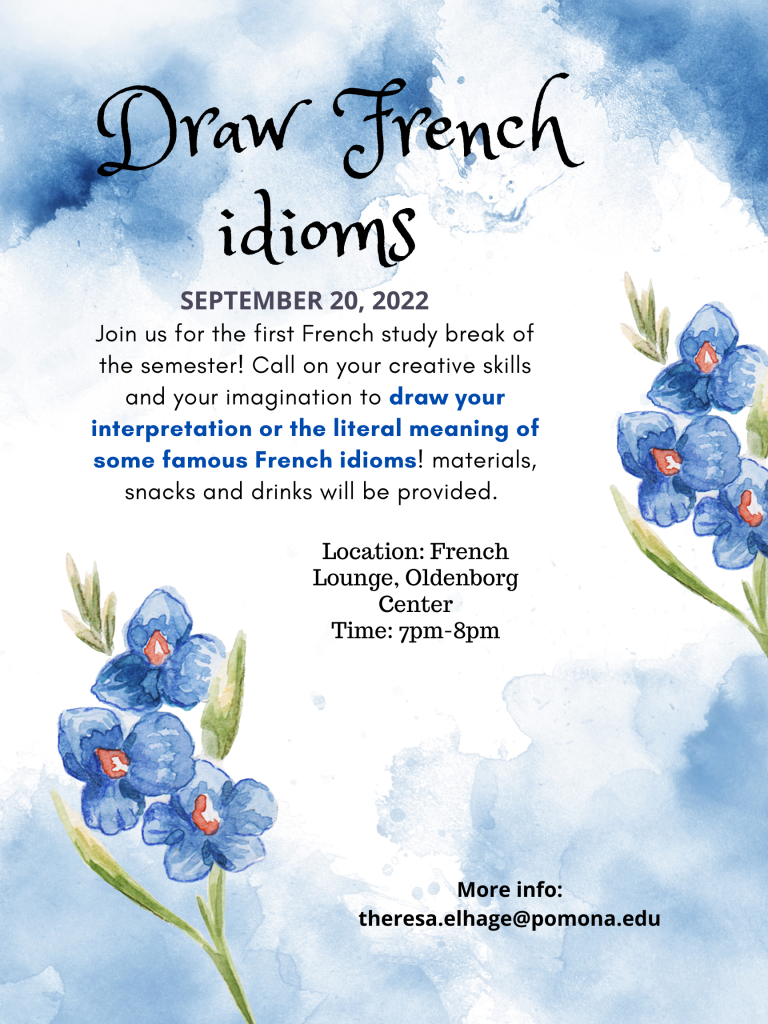Objective: To introduce French online influencers and improve French language skills through watching their videos and engaging in related activities.
Level: Intermediate and advanced
Materials:
– Access to the Internet and YouTube
– Activity sheets
Introduction:
1. Introduction of the concept of French online influencers, what they are, who some of the most popular ones are, and what they typically do (vlogs, gaming, comedy, etc.)
2. Present the influencers that will be focused on in this lesson: Squeezie, Mcfly et Carlito, and Le rire jaune, and make a brief overview of their content and why they are popular in France.
3. Ask students if they have heard of any of these influencers before, and if so, what they know about them. Encourage a discussion to get students engaged.
Activity 1: Watch a video by Squeezie
1. Have students watch a video by Squeezie on YouTube, such as his “Je teste des objets insolites” series or QUI EST L’IMPOSTEUR ? (ft Eric & Ramzy) https://www.youtube.com/watch?v=J1Z1A46FknM .
2. While watching, have students take notes on any new vocabulary words or phrases they hear.
3. After watching, have students share some of the new words and phrases they learned. Create a vocabulary list on the board or in a shared Google doc online. What did they like/dislike about the videos?
Activity 2: Complete a listening comprehension activity with Mcfly et Carlito
1. Have students watch a video by Mcfly et Carlito, such as their CONCOURS D’ANECDOTES vs LE PRÉSIDENT DE LA RÉPUBLIQUE video ( this one is very long but you can show them just a part of it https://www.youtube.com/watch?v=neqCdyadqFA&t=156s ).
2. After watching, provide students with a worksheet with questions related to the video
3. Have students work in pairs or small groups to discuss their answers and ensure they understood the video/what was shown.
Optional activity if there is time left, or can be done in the next class:
Activity 3: Create a sketch inspired by Le rire jaune
1. Introduce students to Le rire jaune, a famous French YouTuber who creates comic videos.
2. Have students watch a few of his videos and identify common themes or elements (e.g. humor, sarcasm, pop culture references).
3. Divide students into small groups and have them create a short sketch inspired by Le rire jaune. Encourage them to incorporate some of the elements they identified in his sketches.
4. Have groups perform their sketches for the class, allowing time for feedback and discussion.
Conclusion:
1. Review the new vocabulary words and phrases learned throughout the lesson.
2. Ask students to reflect on what they enjoyed about learning French through online influencers. Did they find it engaging? Did they feel like they learnt anything new?
3. Encourage students to continue watching videos by these youtubers and other French influencers as a way to continue improving their language skills outside of class.











